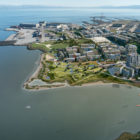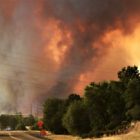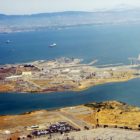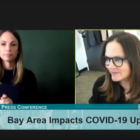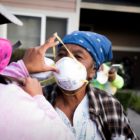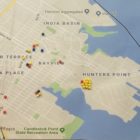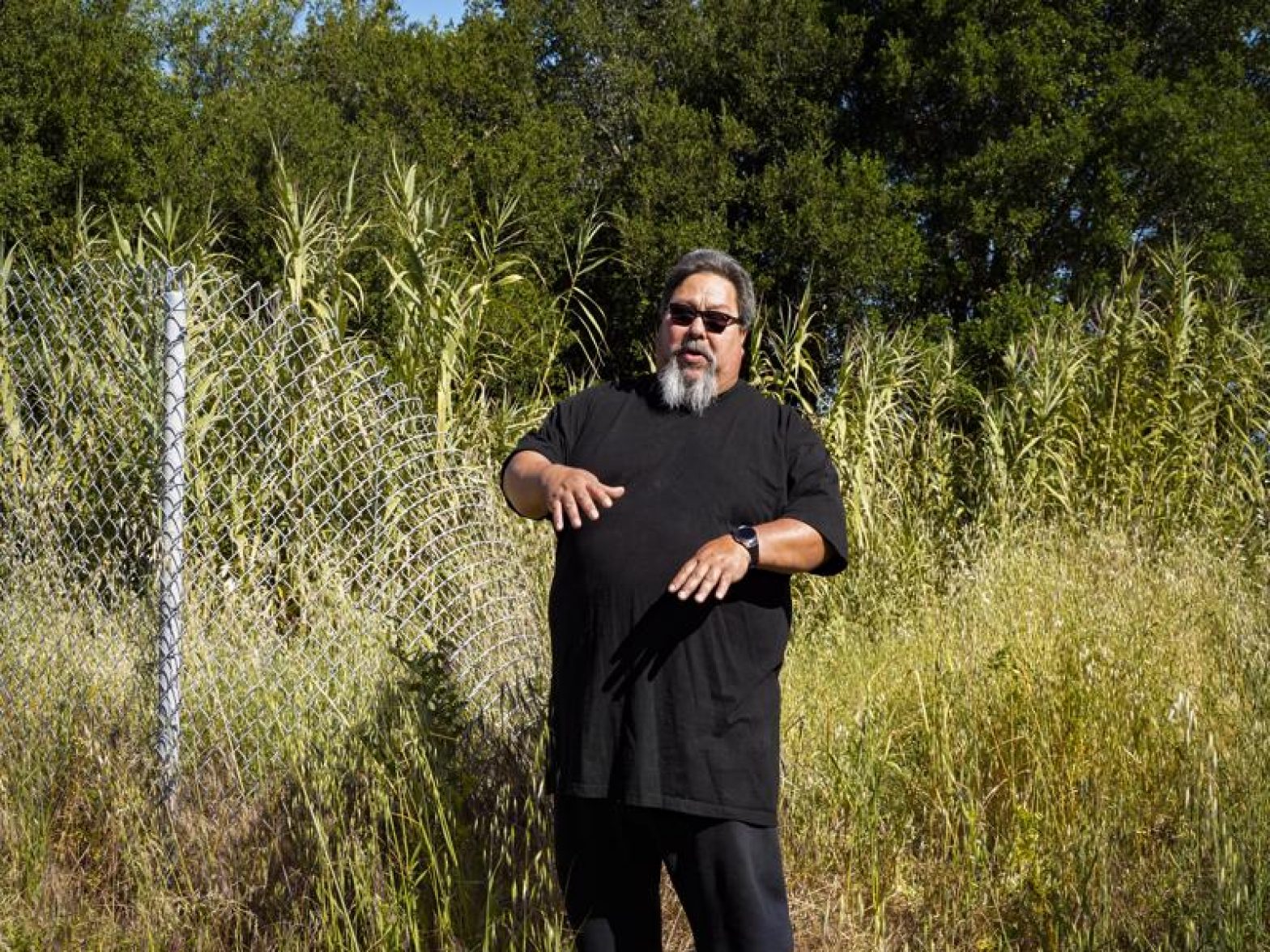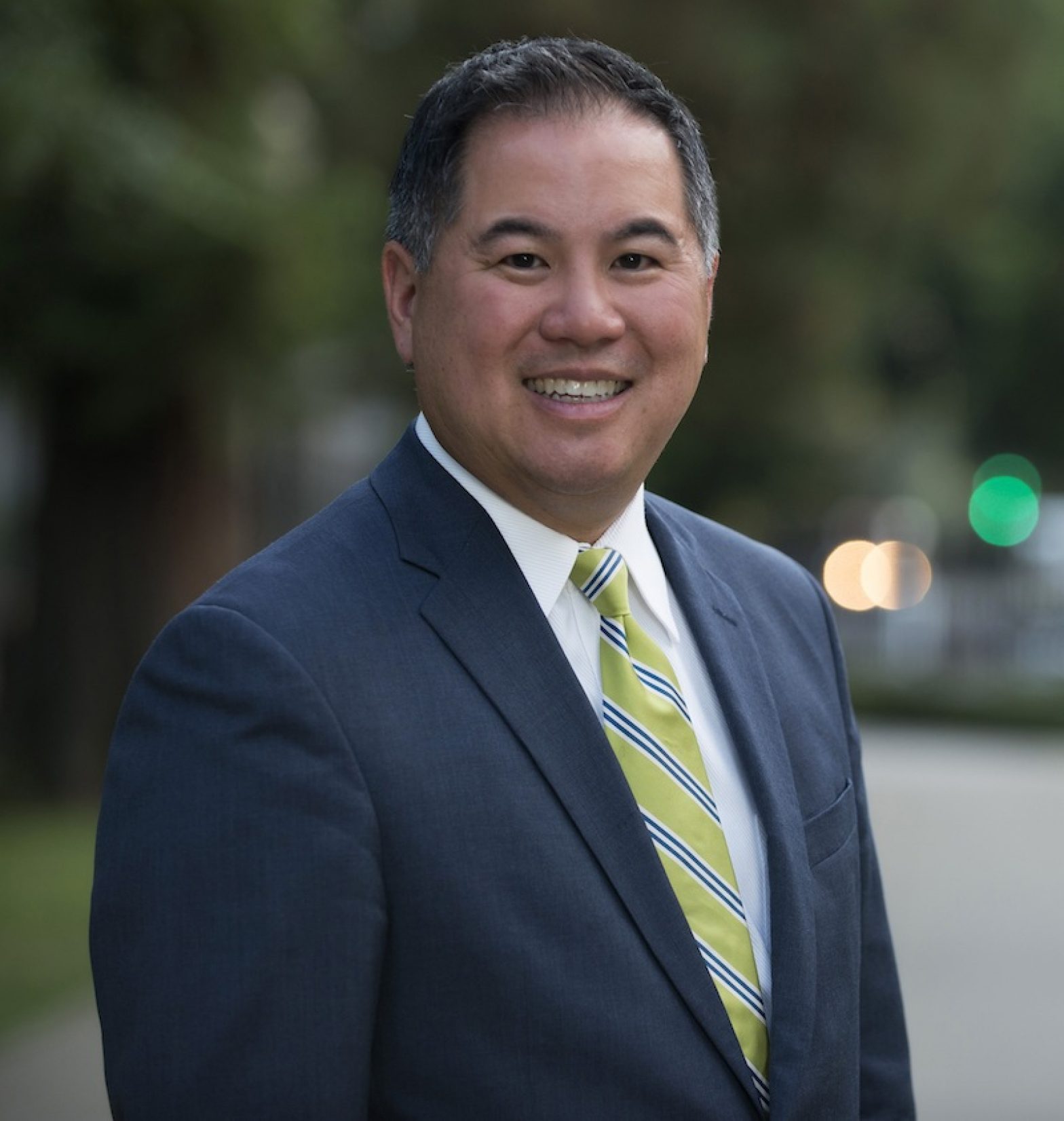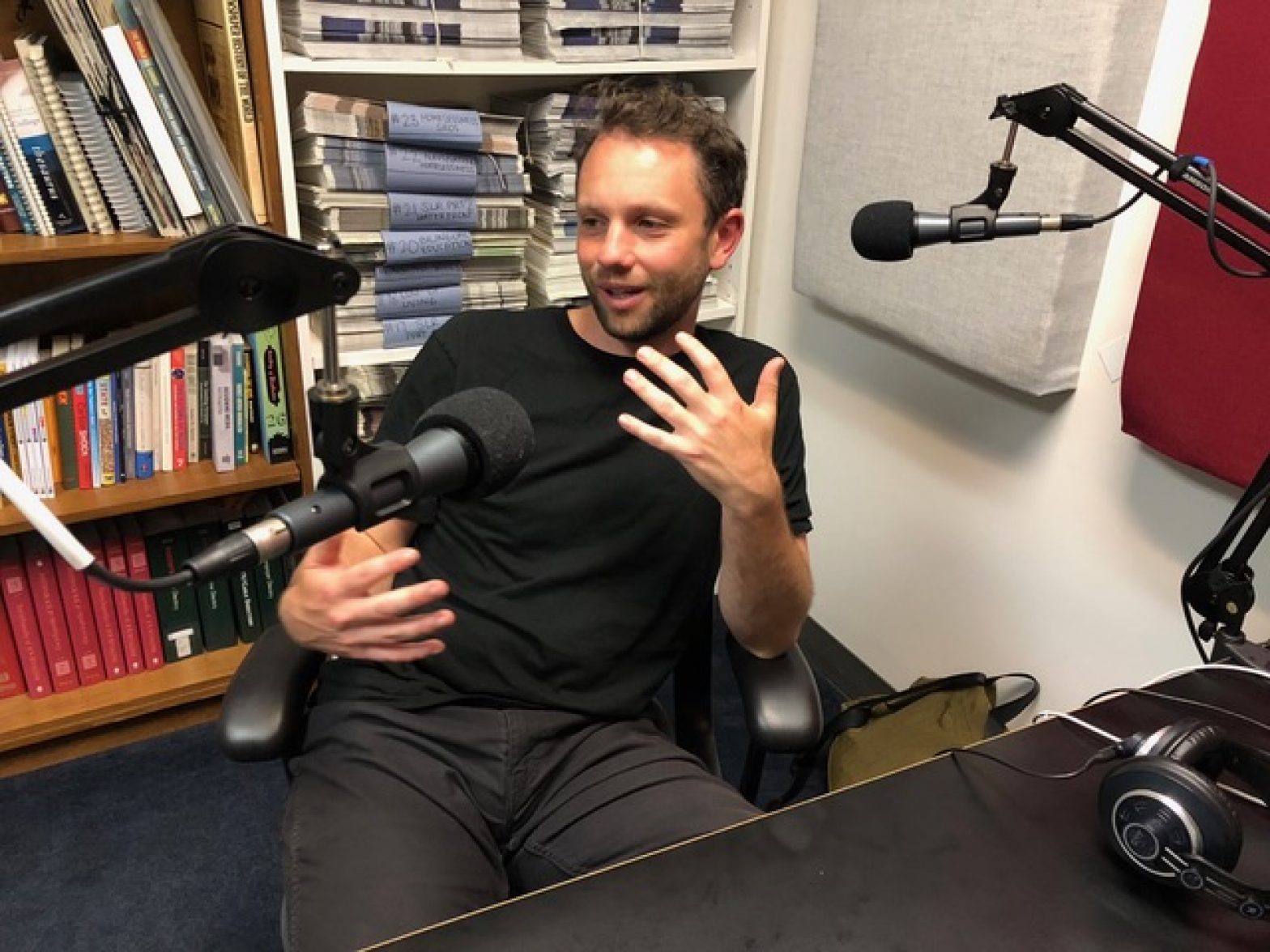Parks & Open Space
Is This the Bayview’s Big Park Moment?
The Bayview has the city’s attention – for better or for worse, depending on whom you ask. If voters approve a $487 million open-space bond measure in November, it will help fund a park at 900 Innes Ave., the first waterfront land the city’s Department of Recreation and Parks has ever owned. Yet, despite efforts to include the local community in the planning and the benefits, many are skeptical.
